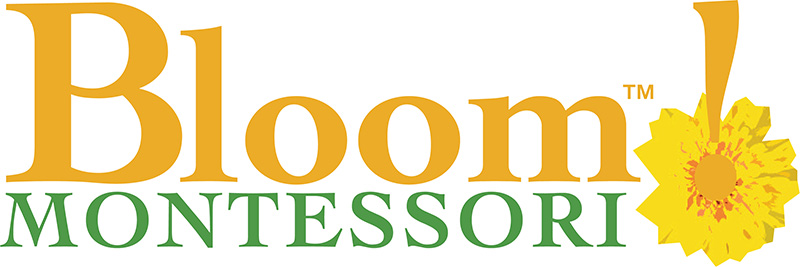Montessori guides consider a presentation to have been a “good match” when the child chooses to repeat the activity independently. Using that as my criteria, the presentation on earthworms in the garden was very well received. Not a day has passed without children racing out to the digging plot in the garden in the hopes of discovering worms, or inquiring of me “Don’t you want to dig for worms in the garden?” (which translates into “Please use the pitchfork to turn over some dirt for me”).
The children are equally excited about plucking wriggling worms from the vermicompost bin and feeding the worms lunch or snack scraps has become a highly coveted task.
making worms out of playdo,
by enjoying some earthworm non-fiction,
and with independent lessons in which the children matched Annelid cards or sorted different species of earthworms into anecic and epigeic worms.
In addition to introducing children to the earth sciences and helping to orient them in the world, these activities expose them to the basic of scientific classification, scientific nomenclature, the principles of basic anatomy, and provide additional motives for children to develop their powers of observation and description, conceptual matching (a pre-reading skill), and language arts activities (reading and working on pencil control and handwriting).
*If there are any other Montessori teachers reading this, I would highly recommend including this unit for your primary class. Unfortunately, the main manufacturers of three part taxonomy cards, Maitri and In-Print, don’t have an annelid set (I emailed Julia Volkman in the hopes that they were planning to create some soon); in the meantime, if you would like to use the ones I made, send me an email. I am happy to share the cards and the lesson plans (our cards use the Getty Dubay font, as that is what we use in the classroom, so they should be easy for children learning both print and cursive to read).

I would love a copy of your cards. this year we began a recycling and composting program and expanded our gardening program. we had hoped to add a worm farm but one can only do so much so next year for sure. i would love to get these things ready over the summer. Our town has a May Mart garden festival and our local "worm farmer" is always there. Should be a good time to start a worm bin at home to have it ready for the children in the Fall. i really enjoy your blog and check in often. Love your garden info
Becky818@yahoo.com
Hi there, I would love a copy of these. They would be perfect to use in my classroom. Thank you. thelearningark@googlemail.com
I am so excited to have come across your blog. Two days ago in my primary class, we released earth worms into our garden. I tried my best to discuss earth worms, we talked about invertebrates and the importance and usefulness of the worms but that was it. I would love to create a lesson with your cards. In addition, I may visit the local bait and tackle and see if I can find some fake worms for labeling and possibly an art lesson. Thanks. AcaciaPortraits@live.com
Are you sharing your cards for this activity? We're restarting our worm bin at our montessori school and looking for some great material. You've got a very impressive set-up here!